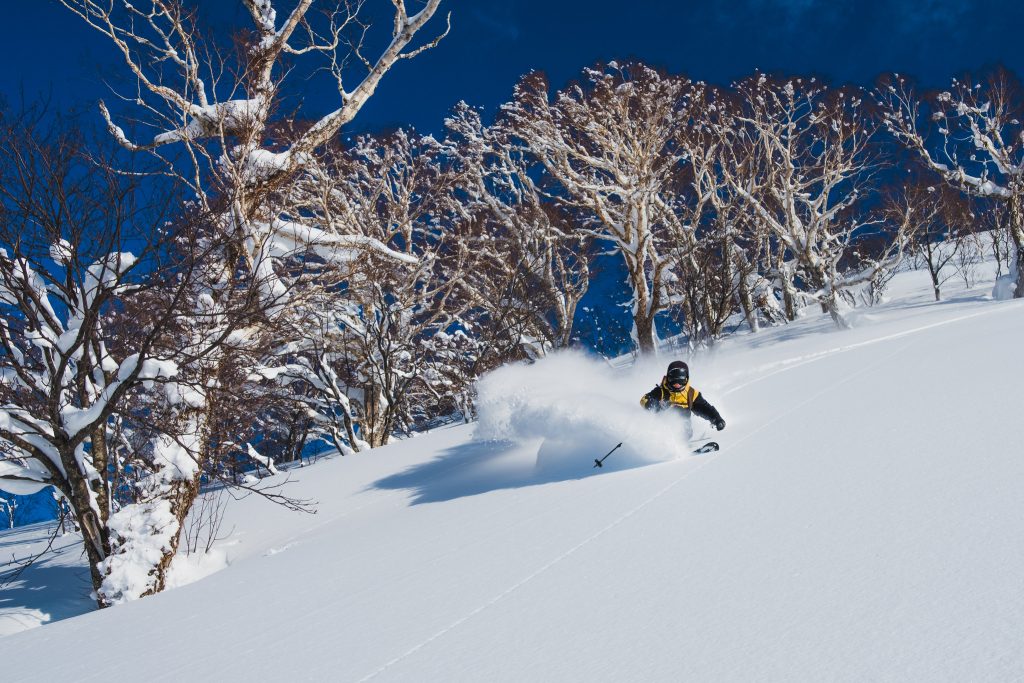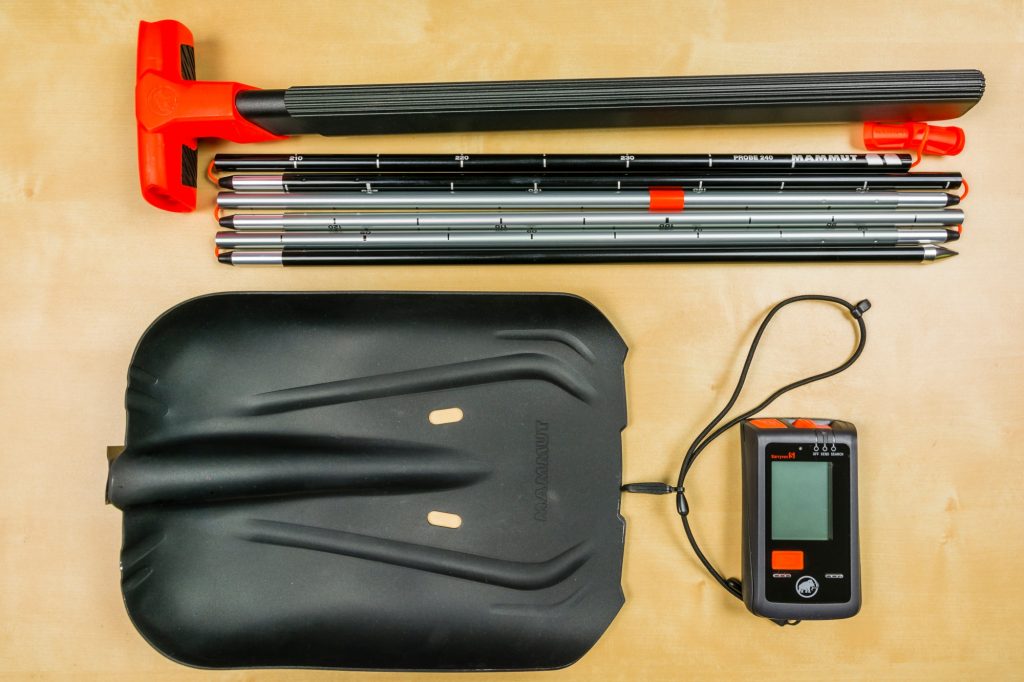So, you’ve got the hang of the slopes, perfected those parallel turns, and now you’re curious about those untouched fields of snow just beyond the groomed trails? Welcome to off-piste skiing! It’s all about fresh powder, new challenges, and a bit more adventure. But don’t worry—this guide will help you ease into off-piste terrain safely and confidently, so you can enjoy the ride without turning into a snowball in the process.
This article will cover the most important topics about off-piste skiing, like:
Ready to explore the wild side of skiing beyond the groomed trails? Gear up and jump right in!
1. What is Off-Piste Skiing and Why People Love It
Off-piste skiing is all about skiing outside the marked, groomed trails in ski resorts. Instead of following the crowd, you head for open fields of untouched snow, maybe weaving through some trees or even cliffs. It’s often called “backcountry” skiing when you go further into the wilderness, but for now, we’re sticking closer to the resort—wild, but not too wild.
Here’s the thing: I haven’t tried off-piste skiing yet, and that’s exactly why I’m diving into this guide—both for you and for me! I can see why so many people fall in love with it. First, there’s the powder-light, fluffy snow that makes you feel like you are gliding on clouds. It sounds like a completely different experience from the packed-down trails most of us know.
Then there’s the sense of adventure. Off-piste terrain is unpredictable and challenging, offering a rush of freedom that’s hard to resist. It’s just you and the mountain; and that kind of freedom? It’s difficult not to get excited about it. If you’re as curious (and maybe a little nervous) as I am, let’s figure out how to tackle it together, safely and with confidence.

2. The Basics of Safety (and How to Stay in One Piece)
Before you jump headfirst into off-piste skiing, you need to know one thing: the mountain has its own challenges and unpredictability. That’s not to scare you, but to remind you that safety comes first. Here is a quick list of things you absolutely need to think about:
Avalanche Awareness: avalanches are real, and they’re dangerous. If you’re skiing off-piste, you need to be aware of avalanche risks. Take an avalanche safety course if possible. Learn to read the terrain and weather conditions, and always check the avalanche forecast for your area.
Survival Gear:
- Transceiver, AKA beacon: wear it at all times. It sends signals to help rescuers find you if you are buried under snow.
- Shovel: not just for building snowmen. A lightweight, durable shovel is crucial for digging out a friend (or yourself) in case of an avalanche.
- Probe: a collapsible metal rod used to locate someone buried in snow.
- ABS: specifically designed to help skiers survive avalanches, this system inflates airbags when activated, helping to keep the skier on the surface of an avalanche, reducing the likelihood of burial.
In most cases, the safety kit is included in the price of the lesson, making it hassle-free for participants. If it’s not already provided, you can easily rent one beforehand, ensuring you are fully prepared for a safe and enjoyable experience on the slopes.
Don’t Go Alone: even if it is quite obvious, skiing off-piste is not a solo adventure. Always go with a buddy (or two) and make sure you are visible to each other. If you have not done it before, definitely book a lesson with an experienced instructor.
Stay Within Sight of the Resort: as a beginner, do not venture too far from the groomed trails. There is lots of adventure waiting just off the groomed trails, and you will still be close enough to get help if needed.

3. The Right Equipment for Off-Piste Adventures
Your regular ski gear might get you through the groomed runs, but off-piste skiing demands a bit more. You will want to make sure your equipment is up to the challenge:
- Skis: powder skis are now your new best friend. They are wider than regular skis, which helps you stay on top of the snow instead of sinking into it.
- Bindings: go for freeride bindings that are designed for rough terrain and deeper snow. Some even come with climbing aids in case you want to hike up to the top of a powder field.
- Poles: adjustable poles are ideal for off-piste skiing, shorter for uphill sections, longer for the downhill.
- Helmet and goggles
4. Avalanche Awareness 101
We have mentioned avalanches a few times, so let’s break it down a bit more. Avalanches happen when a big layer of snow breaks off and slides down the mountain. They can be triggered by changes in the snow, sudden weather shifts, or even from someone skiing on it. Here is how to stay safe:
- Stick to safe terrains: gentle slopes are generally safer from avalanches than steep ones. Avoid narrow gullies and areas with a lot of wind-blown snow.
- Look for warning signs: if the snow is cracking under your skis, or you hear a so-called “whumpf” sound, that is a red flag. This sound is a low, deep, muffled noise that occurs when a weak layer of snow collapses under pressure, often indicating instability in the snowpack. It signals a high risk of avalanche, and you should immediately move to a safer area.
- Carry and know your gear: owning avalanche gear is only part of the equation—you must know how to use it. Make sure to practice with your transceiver, probe, and shovel so you are ready in case of an emergency.
Professional ski instructors know the area and the conditions inside out. They’re trained in avalanche safety and share that knowledge during lessons, helping you learn how to stay safe and make the most of your time on the slopes.
Off-piste skiing is one of the most exciting ways to experience the mountains. It is full of challenges and breathtaking scenery. But with that fun comes responsibility. Respect the mountain, respect the conditions, and make sure you are always prepared. Get your gear, book a lesson, and go explore—but do not forget to check the avalanche forecast first.
Important Note: This is not a step-by-step guide or a full-on tutorial. Think of it more as a friendly introduction to get you excited about this amazing new way to experience the mountains. If I have sparked your curiosity, and you are eager to give it a go, I strongly recommend taking lessons with a certified instructor before trying it out. Stay safe, have fun, and start your off-piste journey the right way!
